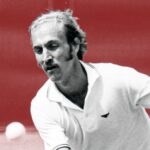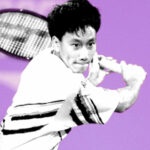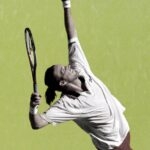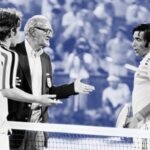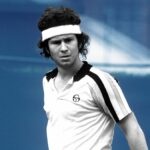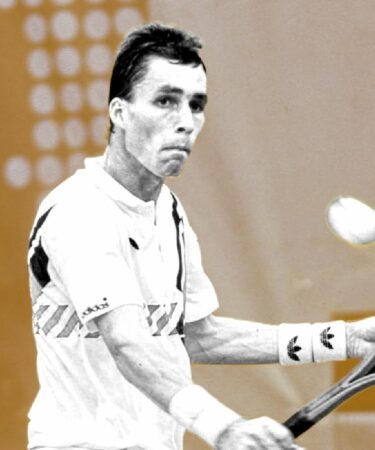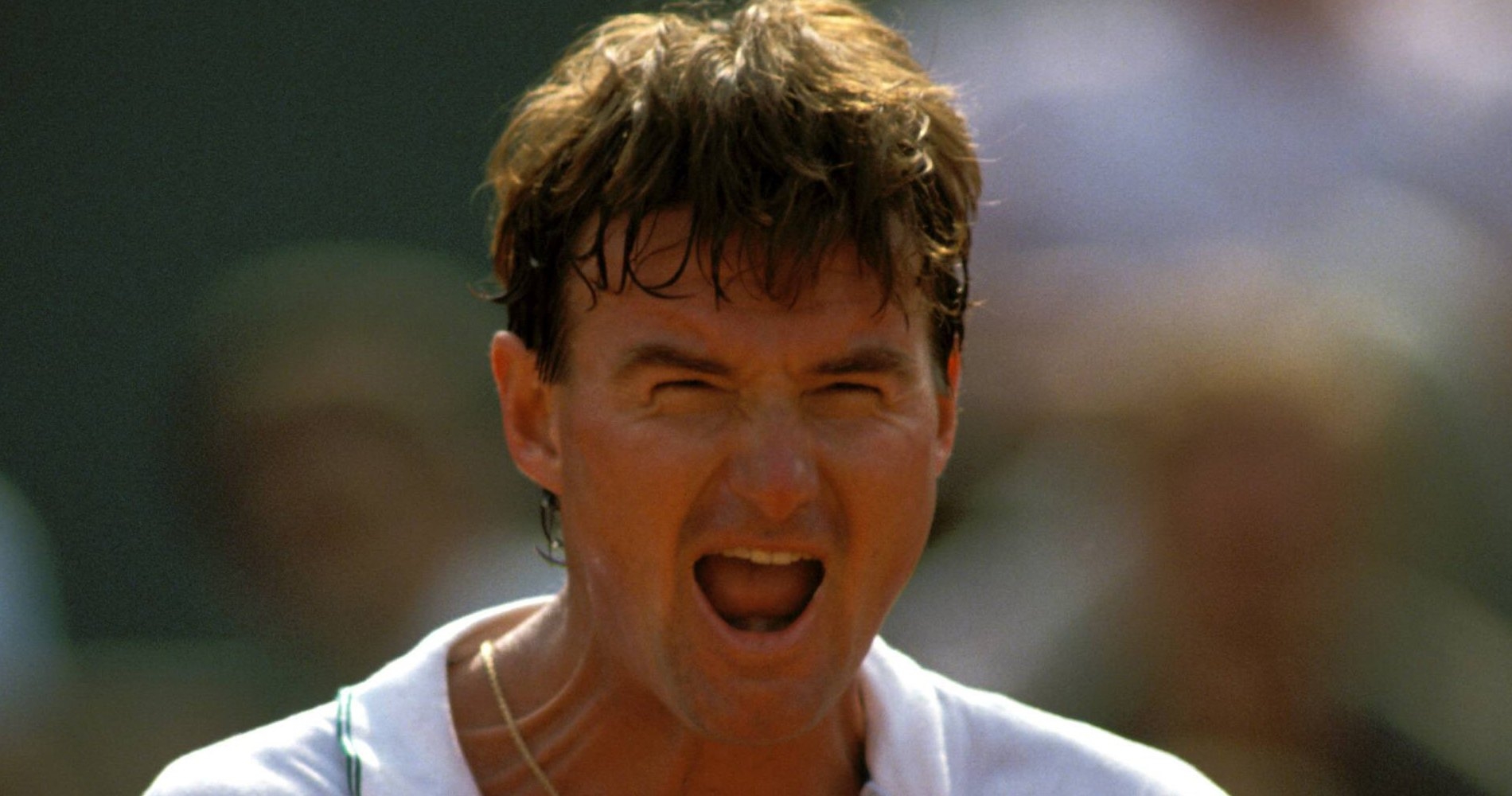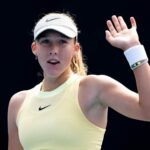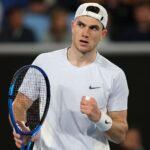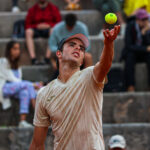September 4, 1992: The day Connors played at the US Open for the last time
Every day, Tennis Majors takes you back to look at the some of the most memorable moments in tennis history. On September 4, 1992, Jimmy Connors played his last match at the US Open.
 Jimmy Connors
Jimmy Connors
What happened exactly on that day
On this day, September 4, 1992, 40-year-old Jimmy Connors played what would be his final match at the US Open. In this last appearance, he was defeated in a battle of legends by another former world No 1, Ivan Lendl, 32 at the time (3-6, 6-3, 6-2, 6-0). It was the 22nd time Connors played at the US Open, having missed only one edition since 1970, and it was the 35th encounter between the two men.
The players
• Jimmy Connors, the 40-year-old legend
Jimmy Connors, born in 1952, was one of the greatest tennis players of his time. Coached by his mother Gloria, Connors was one of the first few players to hit the ball flat and mainly from the baseline. Hitting the ball on the rise, his game would be very influential for future generations of tennis players. “Jimbo” turned pro in 1972 and became world No 1 by 1974. In fact, that year he won three out of the four Grand Slam tournaments, and was not permitted to participate in Roland-Garros, the fourth one, due to a lawsuit he filed against the ATP.
He stayed at the top spot of the ATP Ranking for a record of 160 weeks in a row, from 1974 to 1977. Losing his throne to Bjorn Borg on August 23, 1977, for just one week, he reclaimed it for another 84 weeks, until the spring of 1979. In total, Connors occupied the No 1 spot for 268 weeks, a record which he set in 1983, and was beaten in 1990 by Ivan Lendl. In the years between 1979 and 1981, Connors was not performing as well as in his peak years and he didn’t reach a Grand Slam final. It took him a while, but he managed to win Grand Slam tournaments and occupy the world No 1 seat again, in 1982 and 1983, claiming three more Grand Slam titles: Wimbledon in 1982, and the US Open in 1982 and 1983.
The American remained a top ten player until April 1989, at the age of 37. At the end of his long career, he held a record of 109 titles on the tour. He had won eight Grand Slams titles: the Australian Open (1974), Wimbledon (1974, 1982) and the US Open (1974, 1976, 1978, 1982, 1983).
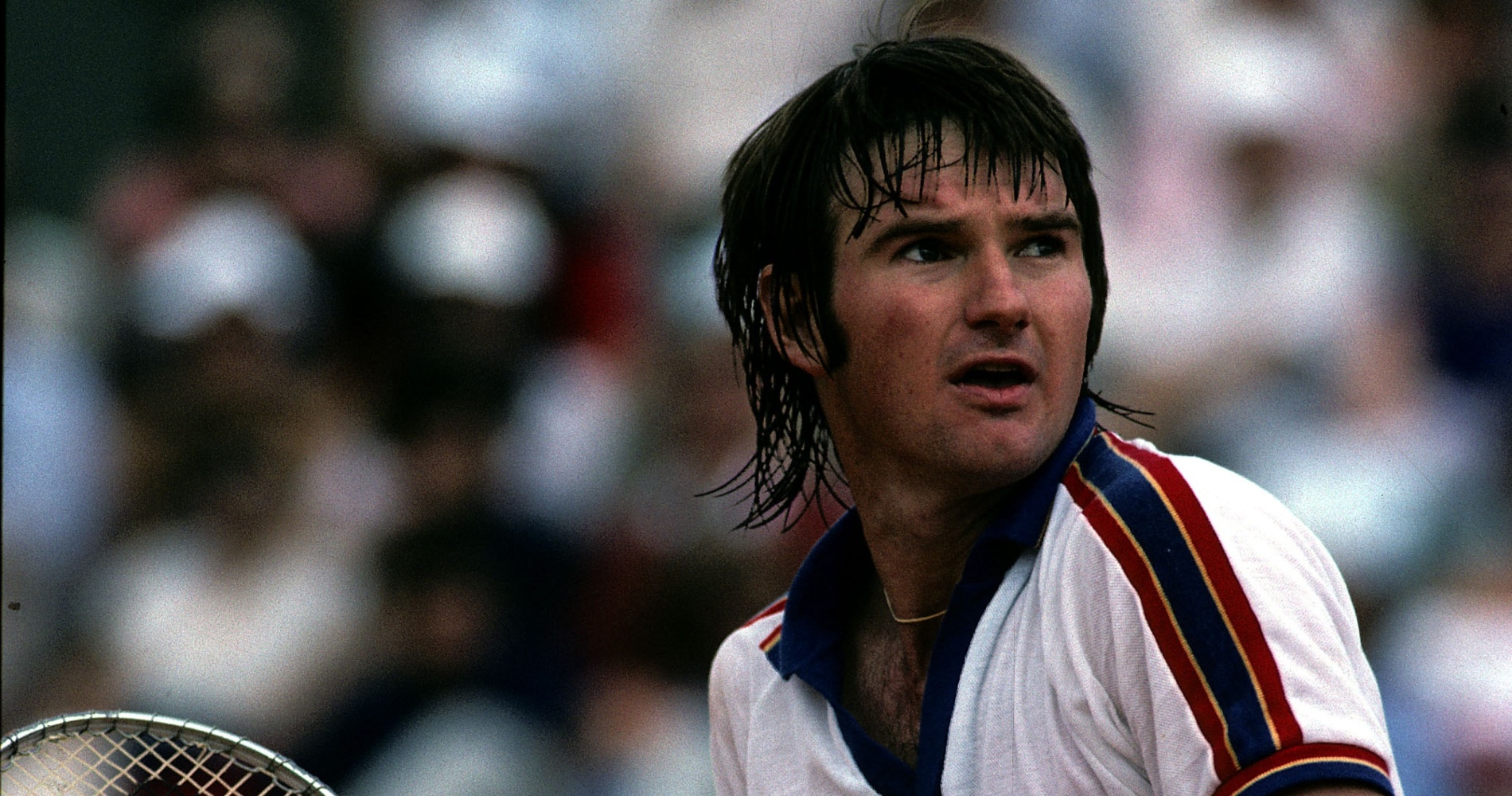
• Ivan Lendl, former world No 1, bitter rival
Born in 1960, Ivan Lendl was world No 7 in September 1992. After turning professional in 1978, he stood as one of the four best players in the world since 1980, along with Bjorn Borg, John McEnroe and Connors. Although he had won dozens of ATP tournaments, including the Grand Prix Masters in 1981 (defeating Vitas Gerulaitis, 6-7, 2-6, 7-6, 6-2, 6-4), he didn’t claim a Grand Slam title before 1984. In fact, he had been defeated four times in Grand Slam finals, once in Roland-Garros (in 1981, defeated by Bjorn Borg), twice at the US Open (beaten by Jimmy Connors in 1982 and 1983), and once at the Australian Open (lost to Mats Wilander in 1983).
In 1984, Lendl eventually triumphed at Roland-Garros, defeating John McEnroe in an epic final where he came back from two sets down to lift his first Grand Slam trophy. In 1985, he reached the final at the French Open (defeated once again by Wilander), but at the US Open, a few weeks after becoming world No 1 again, he claimed a second Grand Slam crown, edging John McEnroe in the final (7-6, 6-3, 6-4).
In the following years, Lendl dominated the game, clinching six Grand Slam titles: Roland-Garros (1986, 1987), the US Open (1986, 1987) and the Australian Open (1989, 1990). He never managed to triumph at Wimbledon, although he finished runner-up twice, in 1986 (to the young defending champion Boris Becker, 6-4, 6-3, 7-5) and 1987 (defeated by Pat Cash, 7-6, 6-2, 7-5). By the early 1990s, Lendl’s domination was over, but he remained a solid top 10 player.
Ivan Lendl set new standards in the baseline game, with a very powerful topspin forehand that allowed him to play aggressively while staying extremely consistent, pushing his opponents into a very tough physical challenge. He also set new standards in work ethics, practicing more than anyone before, paying attention to his fitness and to his diet in a way which tennis players were not used to.
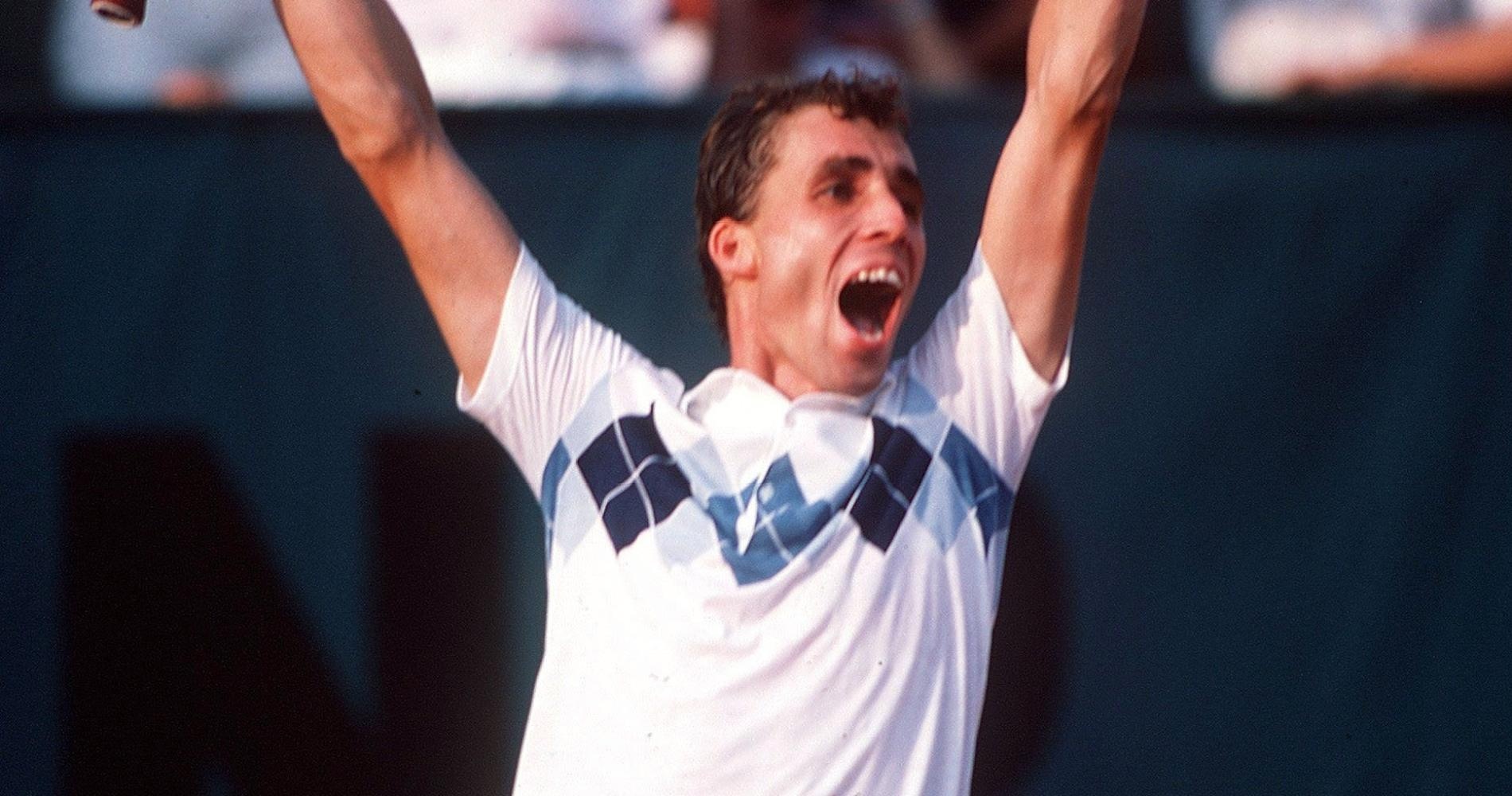
The place: Flushing Meadows, New York
The US Open (known as the US Nationals before 1968 and the start of the Open Era) was established in 1881, and, although it is the only Grand Slam to have been played every single year without an interruption since its beginning, it moved several times locations throughout the 20th century. First held in August 1881 on grass courts at the Newport Casino, on Rhode Island, the tournament moved to New York in 1915, where it was held at the West Side Tennis Club, at Forest Hills until 1977 (with the exception of the years from 1921 to 1923, when the event was moved to Philadelphia).
In the years from 1975 to 1977, the event was played on clay. In 1978, the US Open left the West Side Tennis Club, which was now too small for such an important event, for the USTA National Tennis Center, located in Flushing Meadows, New-York. At the same time, it was decided to change the surface to hard courts. The Tennis Center was one of the biggest tennis complexes in the world: its centre court was the Louis Armstrong Stadium, which had a capacity of 14,000 spectators.
The facts : Connors, the end of a fantastic journey
In 1992, the second-round clash between 40-year-old Jimmy Connors and 32-year-old Ivan Lendl looked like a remake of an early 1980s US Open final. In fact, the American had defeated the Czech in the championship match in both 1982 and 1983. A decade had gone by since then, and Lendl, who was still world No 7, had defeated Connors, who was now only No 33, in their last 16 encounters, having not lost to the American since 1984.
Yet in the first set, a vintage Jimbo made the crowd believe that he could repeat his 1991 semi-final run in New York. Breaking his opponent’s serve in the fourth game, he held on to his serve and took the first set, 6-3. Lendl didn’t change anything about his usual game plan against Connors: not giving him any pace, using his sliced backhand to slow down the rallies and wear him down physically.
This is the way I have been playing against Jimmy for a long time now, and it has been working for me quite well
“He was just bunting the ball back…He doesn’t play anything like he used to.”
Ivan Lendl
Once again, it proved to be effective, and despite the loss of the first set, the Czech slowly dismantled Connors, taking 15 of the last 17 games, and sealing his victory with a 6-0 win in the fourth set. In total, Lendl served 12 aces and hit 41 winners.
In the following press conference, Jimbo, as usual, had some nice things to say about the winner of the day (according to The Los Angeles Times):
Lendl’s response, reported by The New York Times, was simple and honest.
“This is the way I have been playing against Jimmy for a long time now, and it has been working for me quite well,” he said. “Last eight years or so.”
Although he was 40 years old, Connors said at the time that he intended to compete at least at Wimbledon and Flushing Meadows in 1993: “I could have beaten a lot of players tonight,” he said. “Lendl just wasn’t one of them.”
It was Connors’ earliest loss at the US Open since 1972 and a first-round loss against Tim Gorman. In the meantime, Jimbo had claimed five titles in New York (on three different surfaces, grass, green clay and hard), he had finished runner-up twice, and he had reached the semi-finals six times.
What next: Connors’ farewell; Lendl fades away
Ivan Lendl would go as far as the quarter-finals at the 1992 US Open, only defeated in five sets by the future champion, Stefan Edberg (6-3, 6-3, 3-6, 5-7, 7-6). It would be the last time Lendl reached the quarter-finals in a major event: his decline would continue, and he would retire at the end of 1994.
Although Connors had said at the time that he intended to come back in 1993, this second-round loss to Lendl would be his last match at the US Open, and his last Grand Slam appearance. Jimbo did not officially retire from the game, but he would appear very scarcely in 1993, and he attended only three events in 1994.

